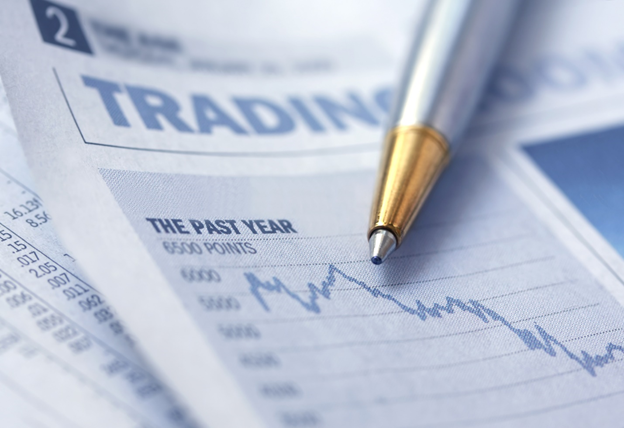Summary
- Hybrid securities are those financial instruments that have features of both debt and equities.
- They offer a higher rate of return than bonds due to their share-like attributes.
- Despite the benefits, certain risks are associated with hybrid securities, and investors should be completely aware of the same.
Hybrid securities are those financial instruments that have features of both debt and equities. Hybrid securities pay a rate of return, generally higher than bank term deposits or certain corporate bonds, until a certain period. They offer a higher rate of return than bonds due to their share-like attributes.
Despite the benefits, specific risks are associated with hybrid securities, and investors should be completely aware of the same before investing in them. In addition, they should have a strategy to mitigate such risks.

Source: © Robynmac | Megapixl.com
Types of hybrid securities
There are generally three types of hybrid securities.
Convertibles
Convertible securities provide the holder or the issuer an option to convert it into another type of security at a particular date going forward. This embedded option may be positive for the holder as it provides a typical downside risk protection while having a potential ‘equity-kicker’ on the upside.
The option holds significance for the issuer since the securities can be attractive to issuers as they can usually be issued at a lower interest rate than a standard bond due to the value of that potential equity-kicker. Thus, hybrid securities are less costly for the issuer to service.
READ MORE: Which are the 10 hottest ASX-listed multi-bagger resource stocks?
Preference shares
Preference shares generally have a specified dividend rate, unlike ordinary shares, which pay a variable dividend rate as determined by the company. Like debt, they may also have a right to be redeemed for cash at maturity.

Source: © Stbernardstudio | Megapixl.com
READ MORE: A glance at the top dividend stocks for the financial year 2022
Capital notes
These are debt securities with equity-like features. These include:
Perpetual debt securities with no maturity date.
Subordinated debt securities have their rights, regarding interest payment and principal repayment, subordinated to another class.
READ MORE: Five exciting ASX-listed cannabis stocks for FY2022
Knock-out debt securities give the issuer a right to extinguish them under certain scenarios.

Source: © Wutzkoh | Megapixl.com
Benefits of investing in hybrids
- Hybrids are popular among Australian investors since these offer attractive franked income returns, which are generally higher than bonds and cash.
- Investors can receive a steady income for a pre-determined period.
- Hybrids also provide a benefit of diversification to investors.
- Hybrid holders may also benefit from the anticipated movements in interest rates or equity prices.
READ MORE: 5 small cap ASX stocks to look at
Risks of investing in hybrids
- Since hybrids provide a higher rate of return than bonds, there is a higher risk attached with them.
- They may behave in a different manner in different market situations due to the combined characteristics of both debt and equity.
- These are generally complex with potentially higher risks than other forms of investment. Thus, investors should always invest in them after seeking some professional advice.
- There is also a credit risk under which there is a probability for the issuer to default on payment obligations.
- Hybrids are generally less liquid than ordinary shares.
READ MORE: Top ten fully-franked gold stocks with high dividend yield
Key things to know before investing in hybrids:
- Current or future risks involved in investing in hybrids.
- Will the returns offered by hybrids compensate for the risks involved?
- Do other investment instruments offer better interest rate returns at lower risk than hybrids?
- Will the issuer have to pay interest?
- What is the maturity date?
- Are there any ‘trigger events' where hybrid may convert into ordinary shares?





